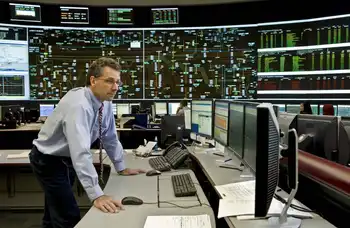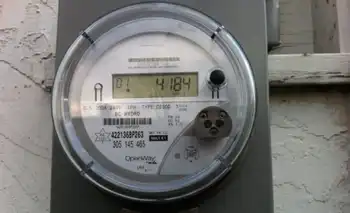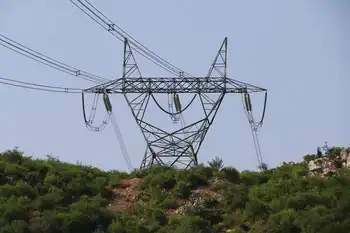Ikea puts solar panels on stores
Power produced by the panels will be fed back into the Ontario energy grid under the province's Feed-in Tariff Program, which allows small energy producers to sell power produced by renewable energy sources.
The panels, on the rooftops of Ikea's Etobicoke, North York and Vaughan locations, will produce 960,000 kilowatt-hours of renewable energy each year. That's enough to power about 100 homes.
"The rooftop solar installations solidify Ikea's longstanding commitment to environmental responsibility and sustainability," said Ikea Canada president Kerri Molinaro.
Installing 3,790 solar panels on the three Ontario stores is costing Ikea about $4.6 million.
The Feed-in Tariff Program pays 71.3 cents per kilowatt-hour, meaning the company can potentially recoup about $684,000 per year for selling the energy.
The FIT program was introduced by the Ontario government last year and pays a premium for energy produced by renewable sources.
"In its first year, the McGuinty government's Feed-in Tariff Program has made great strides in creating a renewable energy landscape across Ontario," said provincial Energy Minister Brad Duguid.
"Ikea Canada is another great example of how our Green Energy Act is engaging businesses and building a cleaner electricity system for future generations."
Ikea is planning to install solar installations on 150 of its stores worldwide.
Related News

NY Governor Cuomo Announces Green New Deal Included in 2019 Executive Budget
ALBANY - New York Governor Andrew M. Cuomo announced the Green New Deal, a nation-leading clean energy and jobs agenda that will aggressively put New York State on a path to economy-wide carbon neutrality, is included in the 2019 Executive Budget. The landmark plan provides for a just transition to clean energy that spurs growth of the green economy and prioritizes the needs of low- to moderate-income New Yorkers.
"Climate change is a reality, and the consequences of delay are a matter of life and death. We know what we must do. Now we have to have the vision, the courage,…




